Venue

Oita Prefecture is located on the eastern side of the Japanese island of Kyushu.
The prefectural office is located in Oita City.
Both the number of hot spring sources (4,538) and the volume of water discharged (291,340 litres/minute) are the highest in Japan. Beppu, facing Beppu Bay, and Yufuin, located in the center of the prefecture, are well known nationwide. We are also proud to be Japan’s best area for geothermal energy generation, and as an area blessed with hot springs, we have found numerous ways to put them to good use, such as cultivation and aquaculture, cuisine, beauty, and medical treatments. We hope to promote Oita’s hot springs to people all around the world.
Beppu City is located in the northeast of Kyushu, almost in the center of Oita Prefecture, facing the Seto Inland Sea. It is located on a fan-shaped delta that gently spreads from the foot of Mt. Yufu and Mt. Tsurumi in the west, which form part of the Aso-Kuju National Park, to Beppu Bay in the east. The city boasts a beautiful landscape surrounded by lush mountains and plateaus, and the peaceful Beppu Bay. The ‘yukemuri’ (onsen steam) that rises up from the earth is a symbol of Beppu, and is popular not only with citizens but also with tourists.
Eight hot spring areas, called Beppu Hatto, are scattered throughout the city, and the hot springs discharge over 87,000 liters per minute, making the city the number one in Japan in terms of the number of hot spring sources and the volume of water discharged. Beppu is an international hot spring city which is widely involved in tourism and industry, and has been a hot spring resort representative of Japan for many years, making it a city overflowing with history and tradition.
The population of Beppu is 120,000, which is the second highest in the prefecture after Oita City. However, thanks to the 3,000 international students studying hard in Beppu, it continues to grow as one of Japan’s leading international cities full of different cultures.
The municipality of Beppu is working to promote efforts to develop and refine its history, traditions,
culture, and industry, and create a sense of pride among its citizens and supporters.
The relationship between Oita and Outer Space
Tenko
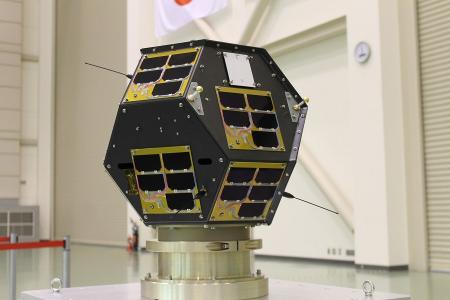
Tenko, a satellite developed by the Kyushu Institute of Technology, was successfully launched in October 2018. Four small-to-medium enterprises based in Oita participated in the development process. Operating at low Earth orbit, Tenko successfully observed the relationships between solar activity and radiation during a period with unprecedented minimal solar activity, and is the world’s first to demonstrated carbon-fiber-reinforced thermoplastic’s practical applications in space.
Space Port
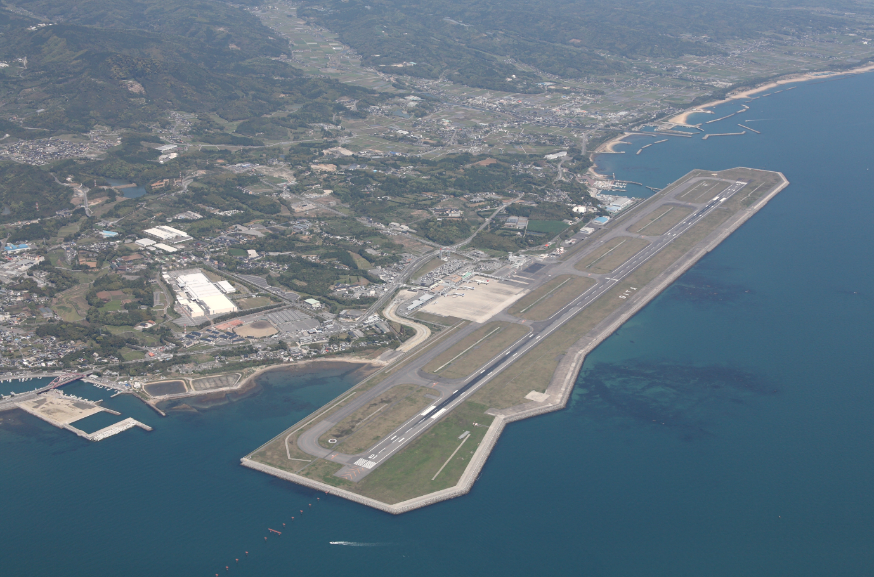
In April 2020, the Oita Prefecture and the US-based company Virgin Orbit has entered a partnership to bring horizontal satellite launch to Japan.
The project aims to utilize Oita Airport as a future launch site. Necessary preparations are underway, with flying missions expected to begin as early as 2022.
Ajiro Island
Cosmic dust from a fragment of meteorite that fell upon Earth at around 240 million years ago was found on Ajiro Island.
Chert seen on the island were formed at around 250 million to 200 million years ago, during the Triassic Period.
When crossing the paths that appear with the movement of tides, one may observe rocks that vary in color from shades of black, green and purple to hues of red. These formations are said to have recorded Earth’s history during periods when the lack of oxygen led to waves of mass extinction.
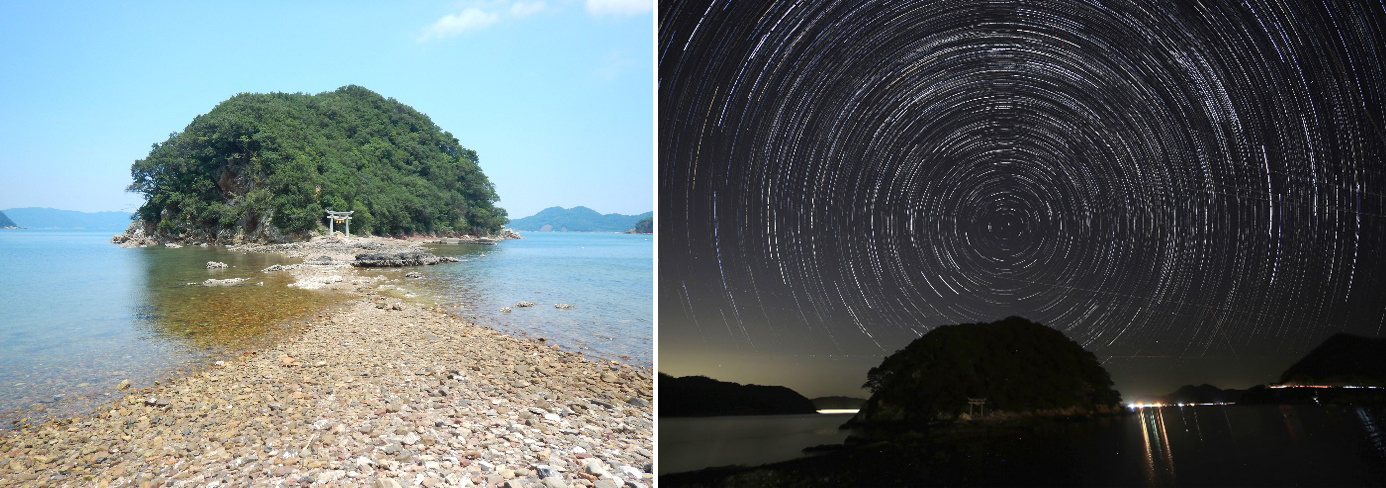
Science
Kunisaki Peninsula Usa GIAHS
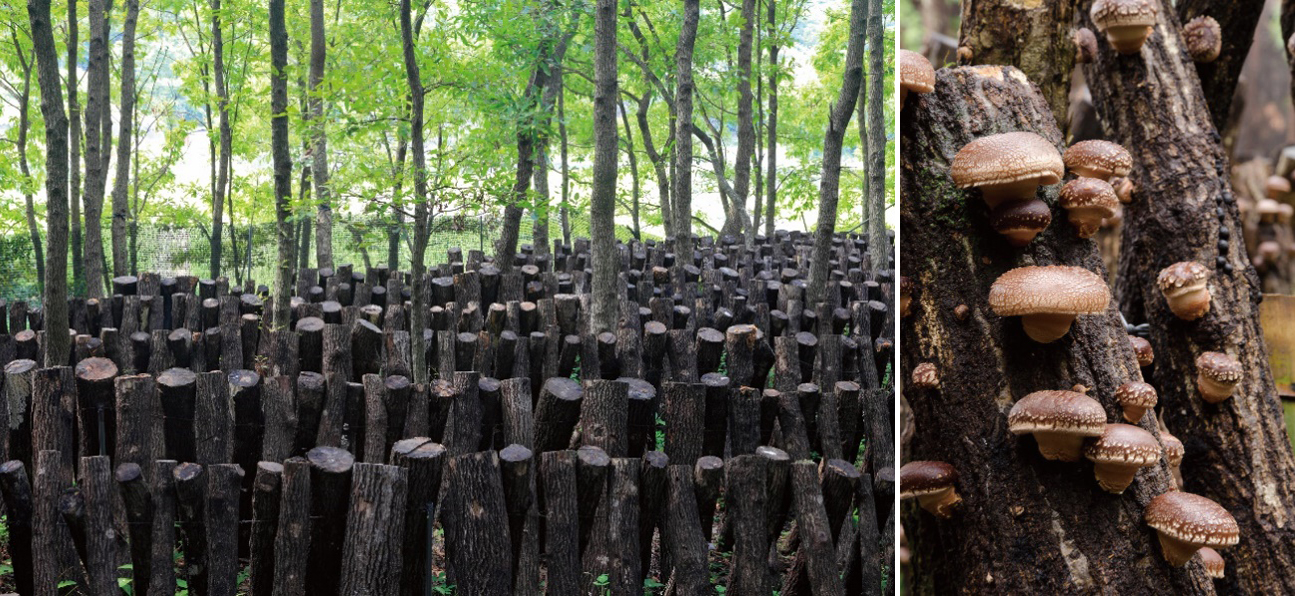
Log wood cultivated Shiitake produced from forest resources
In this area, log wood cultivated Shiitake production using Sawtooth Oak forests is carried out traditionally. Sawtooth Oaks provide the necessary nutritional source for the growth of Shiitake mushrooms and are used to produce log wood cultivated Shiitake food source. The Sawtooth Oak forest resource system that produces this food source is highly regarded by the Food and Agriculture Organization of the United Nations (FAO) because it contributes greatly to the aspects of nutrition and livelihood security in this region of limited arable land. Furthermore, by growing log wood cultivated Shiitake, the logging and regeneration cycle of the Sawtooth Oak forest is repeated and further prompts the renewal of the forests. Together with maintaining public functions of the forests such as recharging the water resources, it is linked to the preservation of the excellent Satoyama (rural area) environment and scenery.
Geoparks

The Oita-Himeshima Geopark and the Oita-Bungo-ono Geopark are nationally certified geoparks as of 2013.
Himeshima is an island that was formed from volcanic activities from around 300,000 years ago. The island holds many attractions, including obsidian quarries, convolute lamination (topographic remains caused by volcanic activity), industries built on sandbars, and a unique ecosystem.
At around 90,000 years ago, a major eruption from Mt. Aso deposited volcanic matter that blanketed the region of Bungo-ono. Aside from geological evidences that can still be clearly witnessed in the region’s rivers and waterfalls, the Aso pyroclastic flow also gave rise to unique cultural assets such as arched stone bridges and Buddhist relief sculptures called Magaibutsu.
Special Features of Oita Prefecture
Oita Prefecture is blessed with a warm climate, bountiful nature from both the land and sea, and food that is both fresh and safe food from within that land and sea. There are many resources within the area, such as important historical cultural heritage sites like Usa-jingu shrine, Rokugo Manzan, and images of Buddha carved into rock face, which includes the Usuki Stone Buddhas.
Furthermore, the hot springs that stretch out all throughout the prefecture boast the highest yield of hot spring water and the highest number of hot springs in all of Japan. Of the 10 different types of hot springs in the world, there are 8 in Oita Prefecture.
Still yet, Oita is full of marvelous foodstuffs including high quality food products such as seki-aji and seki-saba fish and Bungo beef, as well as kabosu citrus fruits and shiitake mushrooms.
Beppu Bay Area
A Variety of Hot Springs Alongside Many Places to Play

The area that opens up alongside Beppu Bay, including Beppu, where you can have your fill of many hot springs rich in variety, boasts the highest yield of hot spring water and the highest number of hot spring sources in all of Japan. The leisure provided by the aquarium, theme park, and other attractions that overlook the sea is also satisfying.
Usa and the Kunisaki Area
Hachimanzan and Old Culture
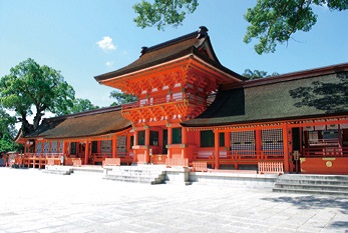
The Usa area prospered with the Buddhist Hachiman culture that was once concentrated in Usa-jingu Shrine, and the independent Buddhist culture called “Rokumanzan” concentrated itself in the blossoming Kunisaki Peninsula. This area is also rich in stone creations, such as Buddhas carved into rock face and stone bridges.
Hita and the Yaba Area
An Area with History and Picturesque Scenery Fragrant with Greenery
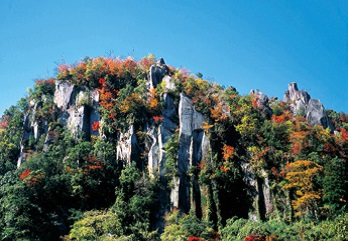
Hita prospered as the “Imperial Fief” under the direct control of the shogun during the Edo Shogunate. In places like Hita, where the townscape from days of yore and the culture of the townspeople from the Edo period still lingers on, and Nakatsu, where the elegant charm of castle towns is still alive, history’s scent hangs in the air of the area. The whole of Shinyabakei is a picturesque area where curiously shaped boulders atop unusually shaped summits are interwoven with shallow streams.
The Yamanami Area
The Workings of Majestic Mountains
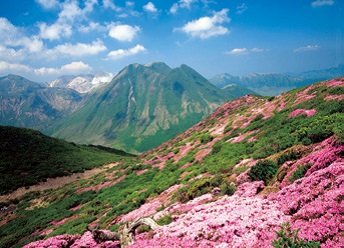
Including the Kuju Mountain range, which stretches on to have a 1,700 m. summit, the area is enveloped by the Mt. Sobo and Mt. Katamuki systems, Mt. Yufu, and other magnificent mountains. Take a walk along the mountain or plateau that both bear witness to Mother Nature changing her colors throughout each season. This is a healing spot where you can relax in a hot spring tucked away in the mountains.
The Okubungo Area
The Moisture of Mineral Water and Historical Roads
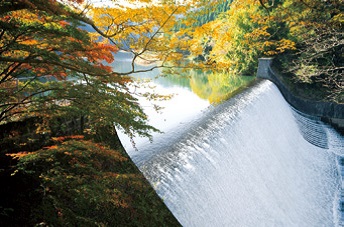
In an area that opens up into clear streams, in the midst of the Ono River, and the upper river basin, the bountiful nature present gives life to a pure and highly beloved famous mineral water. Taketa, nicknamed “The Little Kyoto of Kyushu,” has castle towns, such as the Oka Castle Ruins, that bring to the mind the prosperity of days of yore.
Nippo Kaigan Region
A Sawtooth Shaped Coastline and the Fruits of the Sea
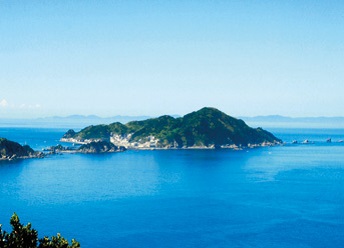
In Nippo Kaigan Quasi National Park, the beautiful sawtooth shaped coastline continues into the area designated as southern Oita Prefecture. In Usuki and Saiki, where the aura of former fiefdoms still lingers, the seaside castle towns are filled with atmosphere. The fruits of the sea that hail from the Bungo Channel are superb in quality, including seki-aji and seki-saba fish.
Traditional Crafts

The roots of Beppu bamboo craft date back to the 1st century. On his expedition to conquest the Kumaso people of Kyushu, the late Emperor Keiko made a brief visit to Beppu. It was during this time when his attendants came upon an abundance of quality bamboo and made baskets for teacups from them, thus giving birth to the history of Beppu bamboo craft.
Beppu bamboo craft took the form of baskets used by merchants in the Muromachi period (1336 – 1573), and there were even markets that catered to bamboo craft specifically.
Fast-forward to the Edo period (1603 – 1868), and Beppu saw the arrival of visitors from around Japan who flocked to the region for its famed hot springs. Consequently, there was a rise in demand for daily wares such as baskets and sieves made from bamboo. Beppu bamboo craft was well received as souvenirs and proceeded to become a fixed part of the local industry. As a medium for fine craftsmanship, Beppu bamboo craft continued to grow as a traditional craft into the Meiji period and cultivated many skilled individuals in its journey.
Over the long course of history, Beppu bamboo craft’s has demonstrated its vitality and the intricacy of Japanese craftsmanship. Officially designated a traditional craft by the Ministry of Economy, Trade and Industry in 1979, the legacy of Beppu bamboo craft continues to this day and is passed down to future generations.
Food
Toriten(Chicken Tempura)

At a glance,it looks like fried chicken, but it comes in a variety of styles according to the shops that prepare it,from lightly battered ones to crispy ones that are cooked twice.Enjoy it with vinegary soy sauce and mustard.
Beppu cold noodles
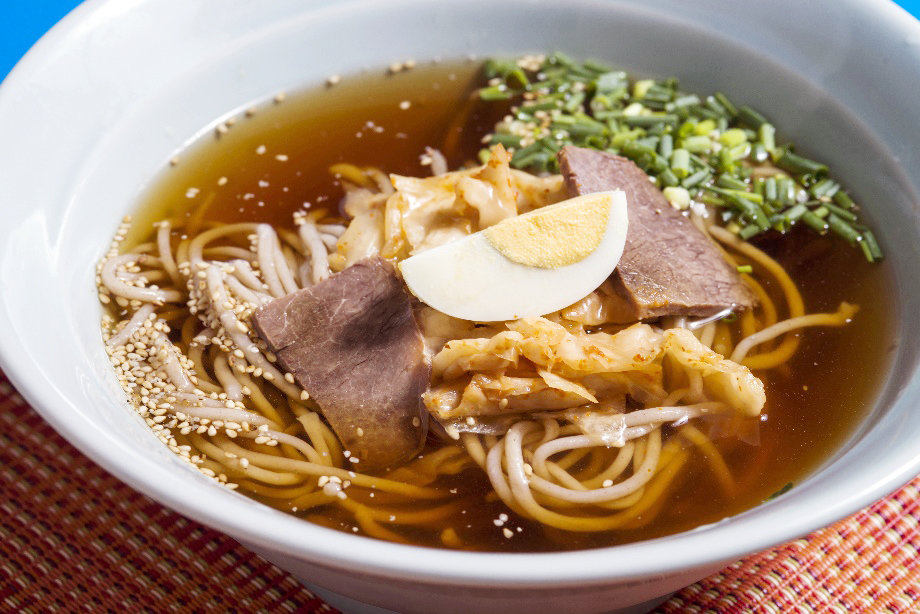
The Beppu Reimen originated from a chef who opened a shop after returning from old Mnchuria.The thick and bouncy noodles and the slightly sour and silky soup are loved by ,any in Beppu.
